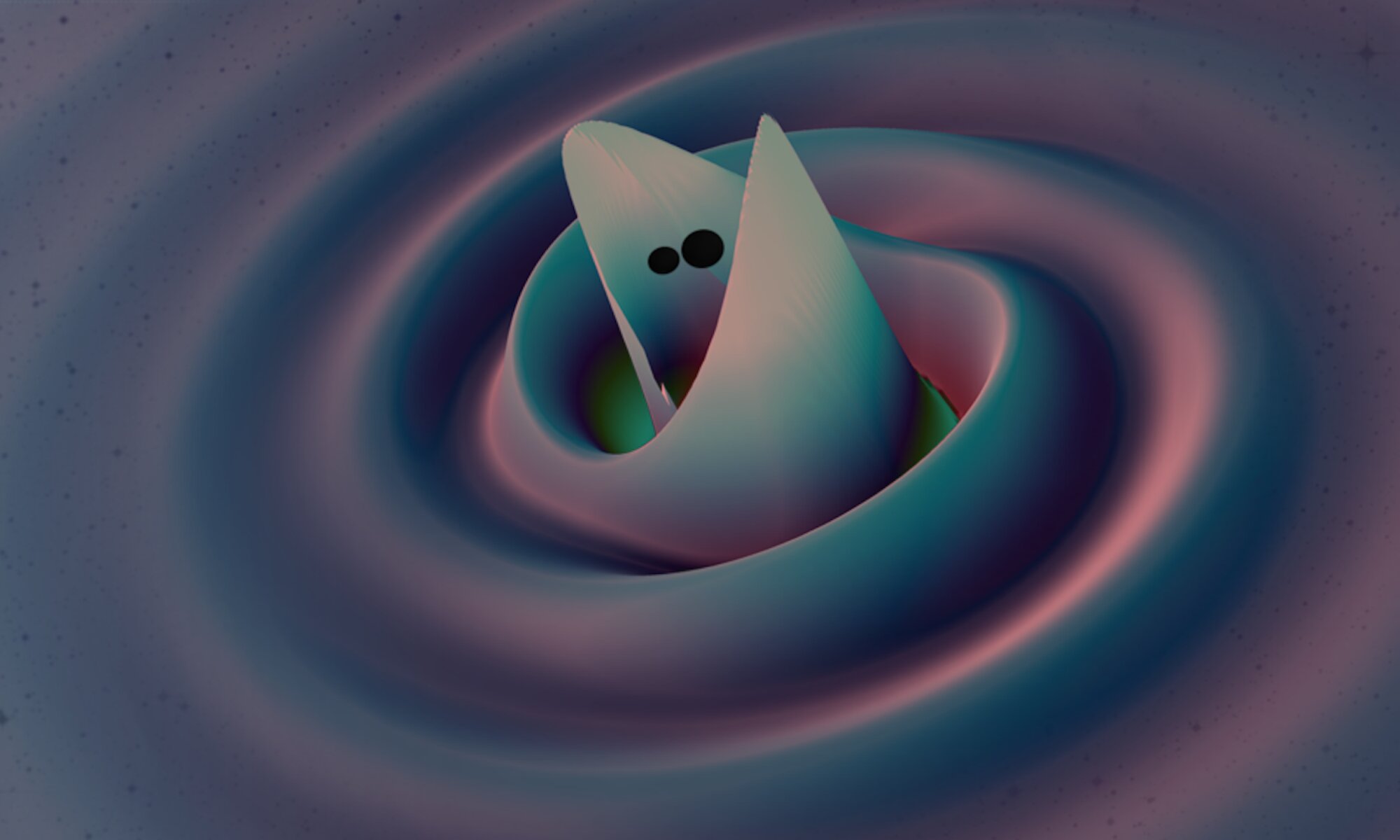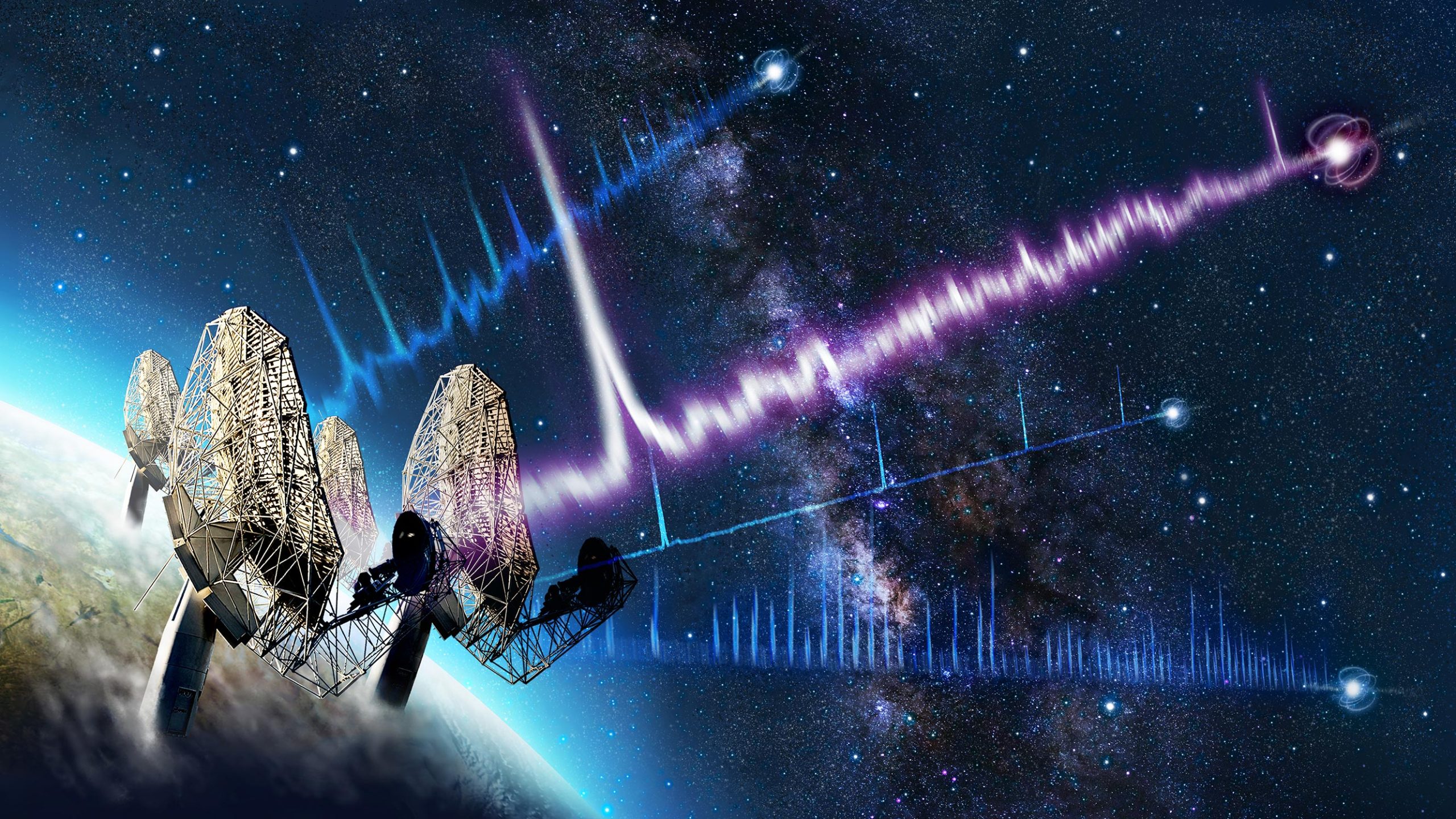
They are mysterious, exciting and inescapable—black holes are some of the most exotic objects in the universe. With gravitational-wave detectors, it is possible to detect the chirp sound that two black holes produce when they merge, approximately 70 such chirps have been found so far.
A team of researchers at the Heidelberg Institute for Theoretical Studies (HITS) now predicts that in this “ocean of voices” chirps preferentially occur in two universal frequency ranges. The study has been published in The Astrophysical Journal Letters.
The discovery of gravitational waves...
Read More







Recent Comments